The engineering properties of steel, i.e. strength, ductility and resistance against brittle fracture, depend on its crystalline structure, grain size and other metallurgical characteristics.These microstructural properties are dependent on the chemical composition and on the temperature-deformation history of the steel. that occur during welding may also have a large influence on the engineering properties.
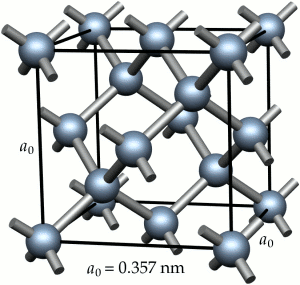 Diamonds Crystal Structure
Diamonds Crystal Structure
When selecting steel for welded structures, it is important to have at least a basic knowledge of metallurgy. This knowledge is required especially when large and complicated structures are being designed, such as bridges, offshore structures, and high rise buildings. Selecting materials, welding processes and welding consumables usually requires consultation of “real” metallurgists and welding specialists.
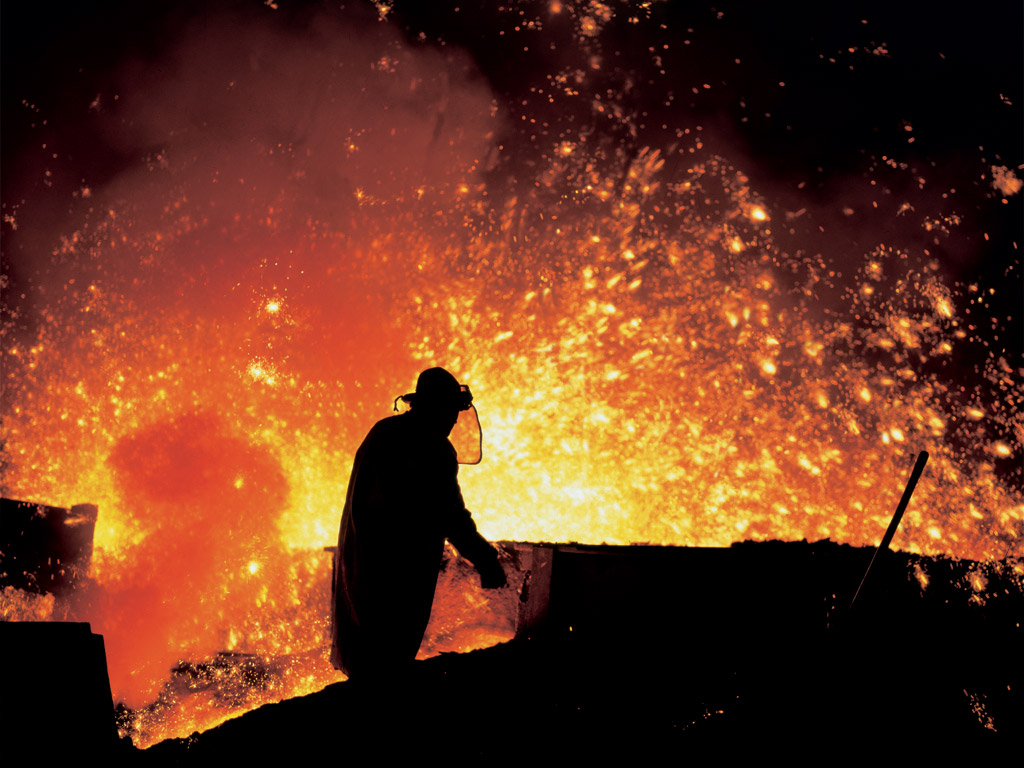 Metallurgists are engineers that study the properties of metals
Metallurgists are engineers that study the properties of metals
A basic knowledge of metallurgy is essential for communication with these specialists. Finally, a basic knowledge of metallurgy also enables civil and structural engineers to have a better understanding of the engineering properties of steel and the performance of welded structures.
You might also like
| Types of Materials Metals: Metals are elements... | Cooling Rate Cooling Rate During Austenite to Ferrite... | Austempered Ductile Iron (ADI) Austempered Ductile Iron (ADI) is... | Advanced Ceramics A ceramic is an inorganic, nonmetallic... |

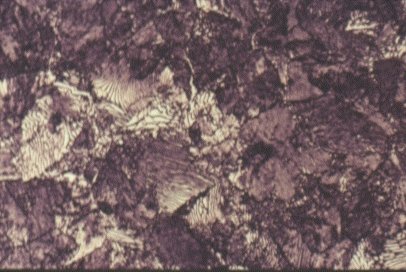
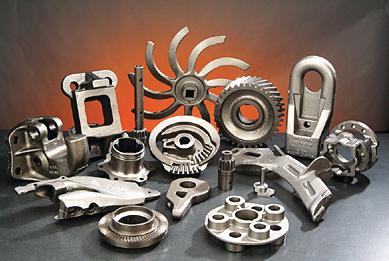
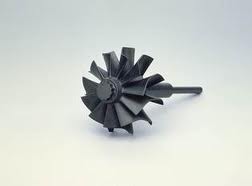
 Alloy Suppliers
Alloy Suppliers
 Aluminum
Aluminum
 Aluminum Extrusions
Aluminum Extrusions
 Copper-Brass-Bronze
Copper-Brass-Bronze
 Nickel
Nickel
 Magnets
Magnets
 Stainless Steel
Stainless Steel
 Stainless Steel Tubing
Stainless Steel Tubing
 Steel Service Centers
Steel Service Centers
 Titanium
Titanium
 Tungsten
Tungsten
 Wire Rope
Wire Rope